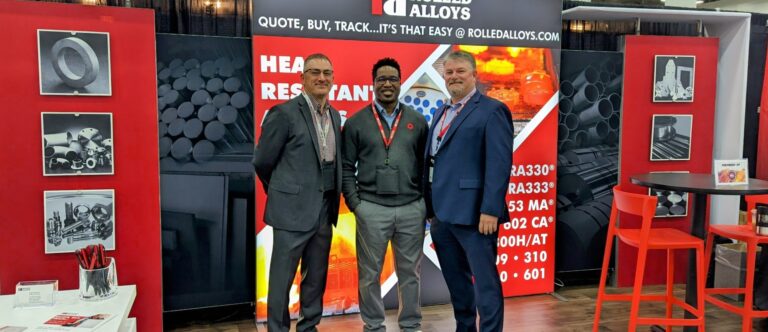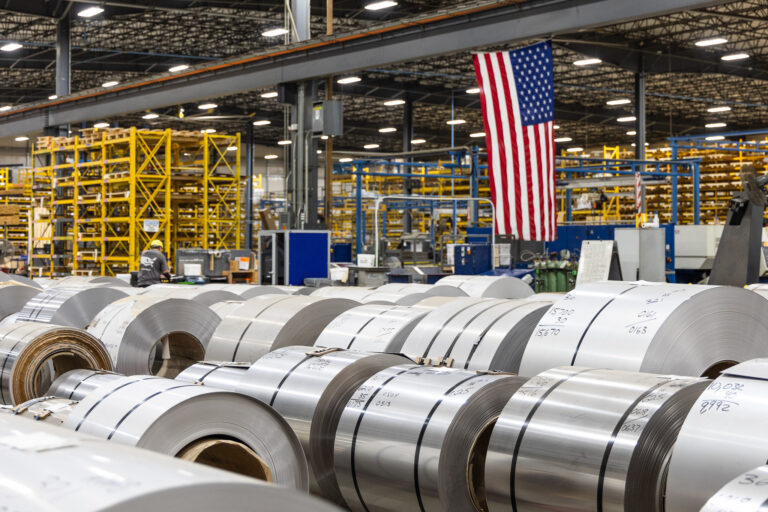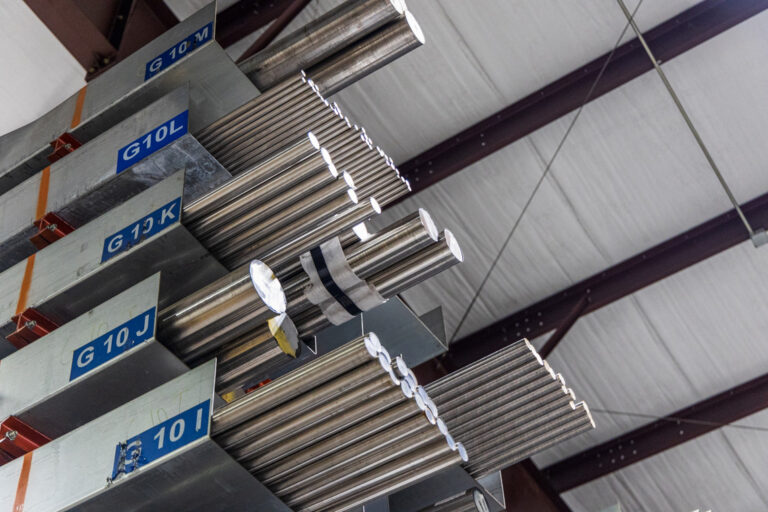The strength of metal at high temperatures is measured differently than at room temperature. For applications at room temperature, the designer needs to consider tensile strength, yield strength, and/or hardness of the metal.
However, at cherry red heat, the most important mechanical property to consider is the metal’s resistance to creep and/or rupture. Above approximately 1000°F, the tensile or yield strength cannot be used as a basis for design.
To illustrate, if a metal bar is loaded below its yield strength at room temperature, that load can be left there practically indefinitely. Now, let’s consider the same metal bar loaded below the yield strength while glowing cherry red. Initially, there will be a minimal amount of deformation. Subsequently, the bar will gradually stretch, but very slowly. It may continue to stretch for hours, weeks, or even years before eventually breaking, even when it wasn’t loaded up to the yield strength.
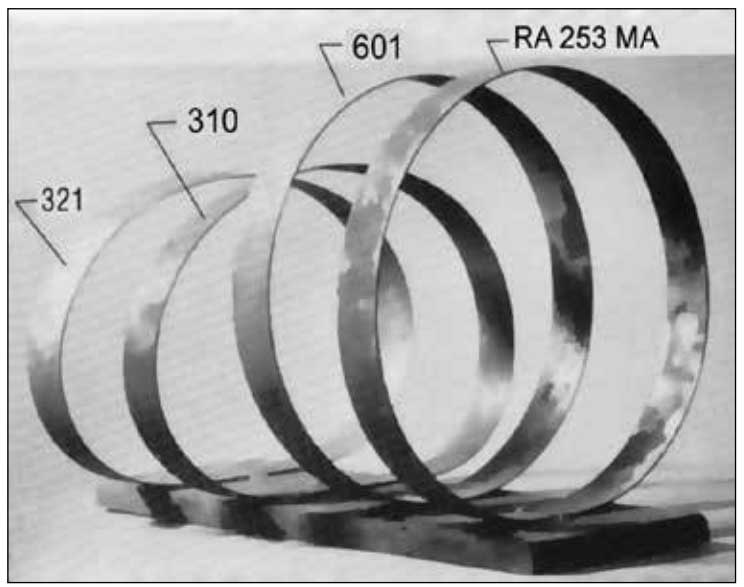
Creep
The rate, or speed, at which the metal is stretching, in percent per hour, is called its “creep rate.” Creep rate is expressed as percent deformation per hour. For some period, the creep rate is constant. This is the “minimum creep rate” or “secondary creep rate.”
The minimum creep rate is used as the basis for design at high temperatures. At high temperatures, one must assume that the metal will creep or deform to some degree. This is true even for light loads. Theoretically, the designer might settle on an acceptable amount of creep deformation over the projected life of the equipment. He would then pick his design strength based on the speed of deformation, that is, creep rate, acceptable in his application. In practice, in the thermal processing industry, one design criterion is the stress required for a minimum creep rate of 1% in 10,000 hours, or 0.0001% per hour. Design stress may be set at some fraction of this number. For one of its criteria, ASME uses 100% of the extrapolated stress for 1% in 100,000-hour minimum creep rate, or 0.00001%/hr.
The other measure of creep, and the one used in Europe, is “total creep.” That is the stress required for the specimen to stretch a total of 1%. Minimum creep rate data and total creep rate data are not interchangeable. People tend to have relatively strong feelings about one or the other creep measurements, so Rolled Alloys provides both minimum creep and total creep data whenever possible.
Below is a creep diagram showing the various stages of creep behavior.
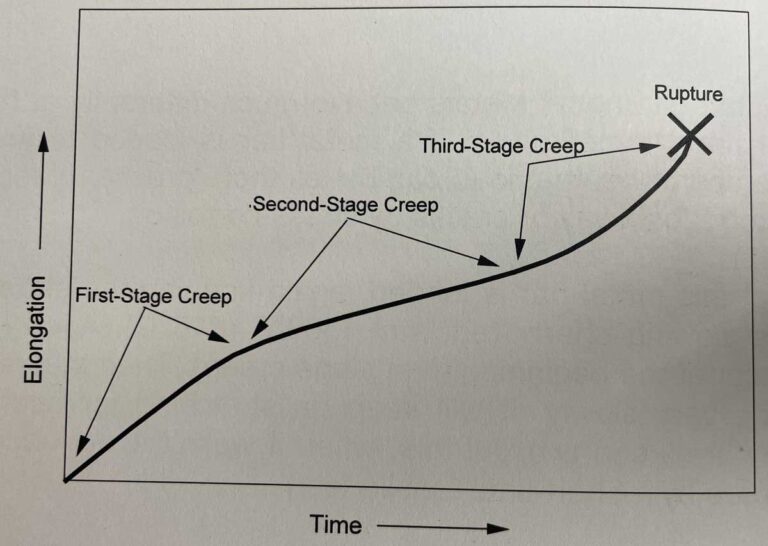
Please visit our High-Temperature Alloy Properties tables to obtain explicit creep values for specific high-temperature alloys.
Rupture
“Rupture Stress,” or “Creep-Rupture Strength,” is reported as both stress and a number of hours. It is the stress required to break a specimen completely within a given amount of time. In the thermal processing industry, another common criterion for setting design stresses is to use some fraction of the stress that would result in rupture at 10,000 hours. ASME uses whichever is lower: 67% of the extrapolated 100,000-hour rupture stress or 100% of the extrapolated 1% in 100,000-hour minimum creep rate.
Creep strength is more important than rupture strength. For example, at 1800°F, alloys RA330, 309, and 310 all have comparable 10,000-hour rupture strength, about 560 to 660 psi. However, in service, an RA330 muffle or retort can retain its shape for years, whereas one made of 309 or 310 would collapse. The reason is these stainless heat-resisting grades have only 40—55% of the creep strength of RA330 at 1800°F.
Normally, we expect the strongest alloy to do the best job. This does depend on how that strength is achieved. For example, RA 602 CA and RA 253 MA are strengthened by various alloy additions with a medium-fine grain size. As a result, they have good to excellent thermal fatigue resistance in quench applications.
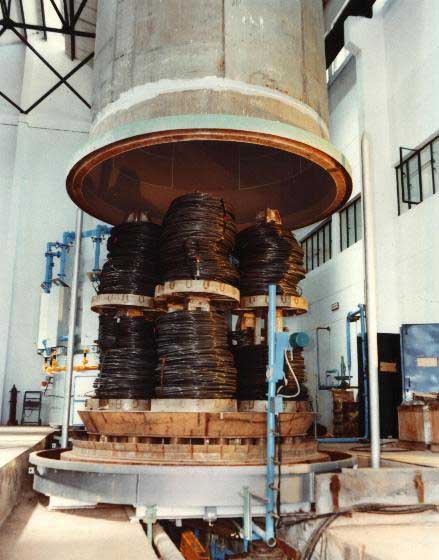
The least expensive way to obtain high creep-rupture strength is by giving the alloy a high-temperature solution anneal. An aim of ASTM 5, or coarser grain size, is to provide much better creep and rupture strength than a finer grain size. However, coarse-grained materials lose thermal fatigue resistance as they gain creep strength. In our experience, materials with grain sizes coarser than ASTM 4 will be unsatisfactory in liquid quench applications. A quenching fixture, for example, made of 800H/AT, would resist creep deformation but quickly break into pieces from thermal fatigue. With its finer grain, the supposedly “weaker” RA330 can give a very good life in quenching service.
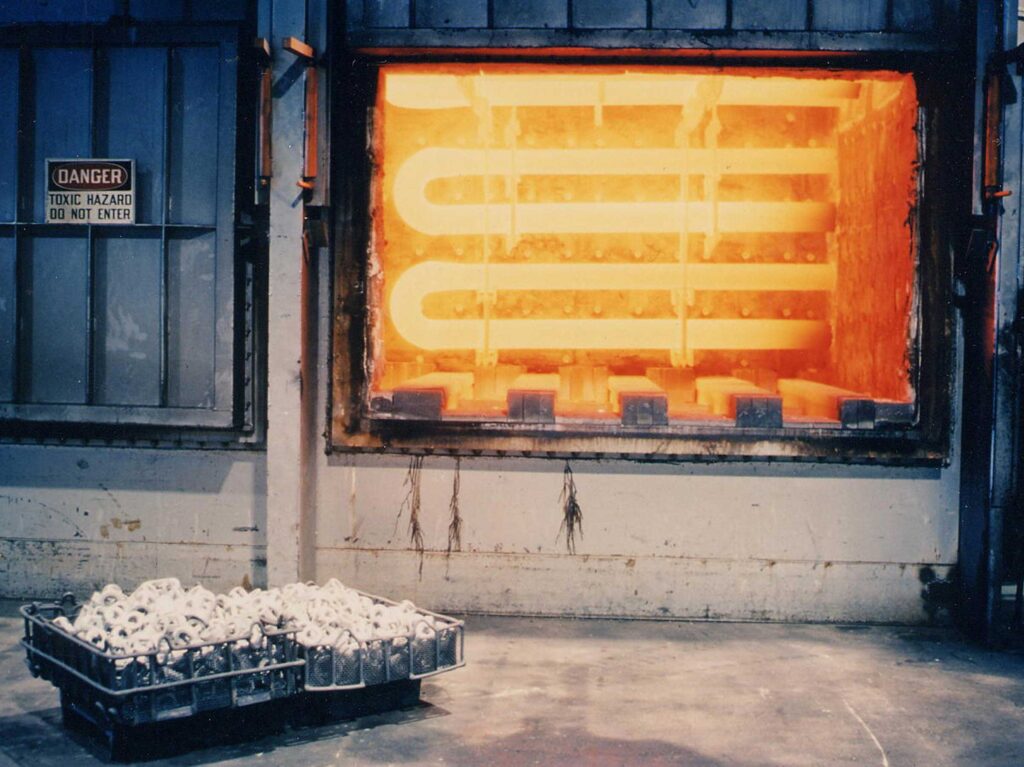
References
- Heat Resistant Alloys By: James Kelly
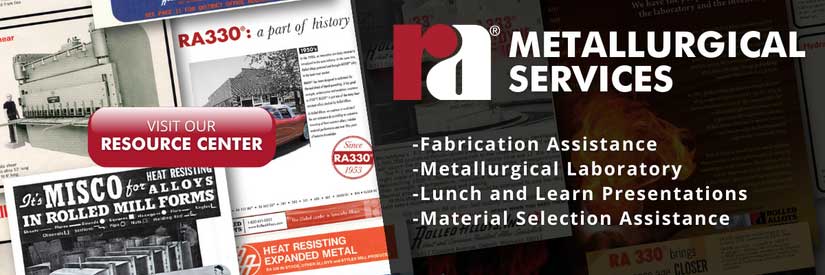
Buy Online Anytime
Our dashboard makes it even easier to shop online anytime from anywhere. Quote, buy, and track 24 hours a day.
E-Services Stocking Programs
Our e-service stocking programs put you in the driver seat by using our customized purchasing options to order your recurring material with ease. Whether you have an internal process for purchasing and receiving in place or maybe looking for solutions to become more efficient, we have a program that will work for you.

Trade Shows
Come talk to a Rolled Alloys representative in person about your project. You can find us at these trade shows.

March Mania 2025
Every Online Order in March is a Chance to Win One of 8 Great Prizes!
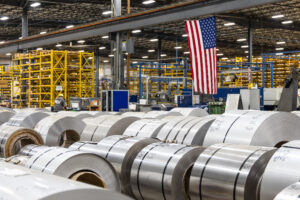
Instant Pricing on Nickel, Stainless Steel, Duplex, and Titanium
Get real-time pricing and availability for nickel, stainless steel, duplex, and titanium—all in one place.
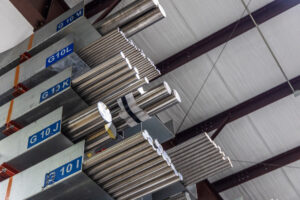
New and Expanded Stock for 2025
New Titanium, Stainless, Nickel and Cobalt in Stock Now – CP Ti Grade 2, 635, 718 and More!
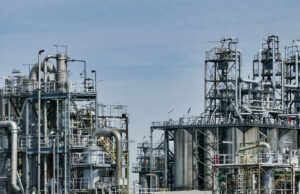
History and Uses of Alloy 800
Discover the evolution of Alloy 800, from its origins during the 1950s to modern derivatives like Alloy 800H/800HT. Learn about its high-temperature strength, petrochemical applications, and commercial availability today.
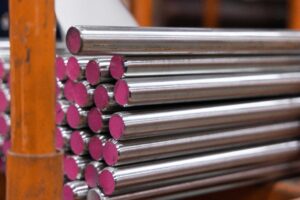
New Bar Stock Available
New Round and Flat Bar Products in Stock at Rolled Alloys



